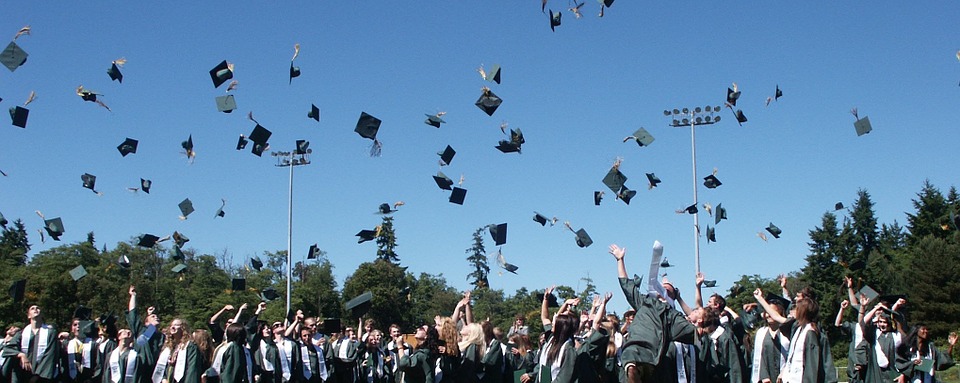Student loan crisis from unpaid tuition and other college fees have resulted in a very huge national debt; this was traced by this study to poor policies, including mismanagement of scholarship funds.
Investing in education has always been considered as a way to a brighter future. Experiences have taught us otherwise when we take into account the cost of education and its returns. Majority of students take students loans to ease the financial burden and ensure that they have a smooth transition from high school to colleges and universities.
This issue has been captured in depth by Howard Dvorkin, who has argued it is only through policies that we can be able to solve these problems. The growing crisis at the core resulted from poor policies that burden the students.
In one of his personal experiences, he recalls an incidence where he was interviewing a graduate for an entry-level accountant in his company. The maximum salary he was offering was around fifty thousand dollars ($50,000). The graduate, however, insisted that she was qualified enough to earn ninety thousand dollars ($90,000).
Skills, not degrees, should be the focus of education
The confidence with the lady surprised Howard and he ended up asking why she thinks she deserves this amount. She stated she has six degrees. Upon further inquiry, he realized that the degrees were done online all in the last two years.
That higher education should translate to higher salaries perplexed him a lot. This was not the first time he had encountered this reasoning.
Howard narrates a similar incidence where one of his employees asked for a salary raise because he had recently graduated from college. His response was simple, “Has your job changed?” he responded by saying no to the question.
Solutions to student loan crisis
Howard proposes changes in policies such as reducing the subsidies and grants given to schools such as Harvard. He also encourages students to apply for loans which profit the schools a lot. He also proposes the streamlining of charities that would aid in students financing of education.
Philanthropic activities are also placed into the limelight where they should be responsible for their donations. Streamlining these organizations will also go very far in helping in access to education by students.
Schools misspending has also been put to light by Howard as a solution to this problem. Parents, students, stakeholders and government should be able to check if these institutions are spending money meant for scholarships into other activities and denying students the funds. This solutions among others will go a long way in solving the student debt crisis.
In hindsight, one can say that a lot of planning should go into getting an education, including the feasibility of funding with the least burden on parents or institutions. Online courses are now another means of attaining skills after which, you can apply for a job, get a sufficient salary by which you can further your education.
The almost two trillion dollars ($1.6T) in outstanding student loans is no small matter. The economic well-being of U.S. households from 2018 to May 2019 seems dependent on whether these loans are paid in due time, as the Federal Reserve revealed that fifty-four percent (54%) of young adults who went to college took student loans for their education which now they cannot repay that debt due to unrealistic salary expectations.







